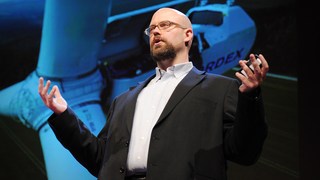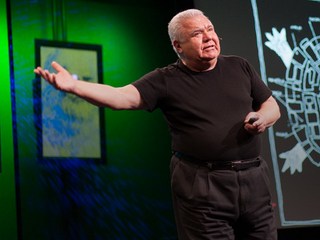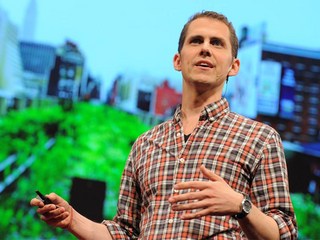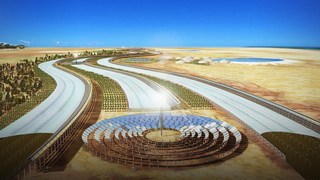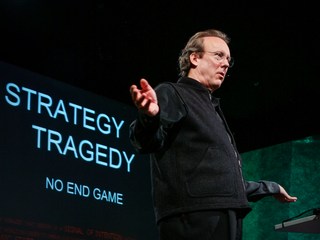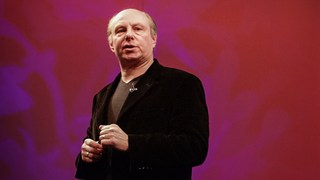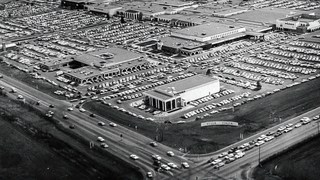Summary analysis
After watching the collection of talks on Ecofying Cities, read a thoughtful recap of the major points in this TED Study, and learn where experts believe things are headed.
The TEDTalks in Ecofying Cities touch on many of the questions which are front-and-center for urban planners, policy makers, environmentalists and others. How can we promote healthy urban lifestyles for our aging and urbanizing populations? Are we ready to relinquish our car keys and support transit-oriented, walkable cities and suburbs? What are the most practical alternatives to fossil fuels, and what measures will wean us from the non-renewable resources that currently maintain and enable our unsustainable ways of life? Can we make big environmental changes without stronger leadership from the public sector? How can we design sustainable buildings that contribute positively to the city's metabolism and that improve the quality of life of users?
And while we're working on answers to these questions, we'll be wrestling with the dilemma of whether we should be building new at all. As several of the TED speakers suggest, we would do well to reuse and retrofit existing buildings, neighborhoods and brownfield, rather than plow under additional greenfield sites.
In the future, with enough political and economic will, we may harness the power of the sun and wind and find that energy supply's no longer an issue. The real issues will likely be depleted non-renewable resources and those renewables (forests, for example) which may not be able to keep pace with consumption in a world of economic inequity and ecological unbalance. Embracing cradle-to-cradle recycling of non-renewable resources, recalibrating our demand for energy and material goods, and increasing the large-scale production of renewable energy are what's called for in order to achieve a sustainable future.
In his TEDTalk, Michael Pawlyn quotes Antoine de Saint-Exupery: "If you want to build a flotilla of ships, you don't sit around talking about carpentry. No, you need to set people's souls ablaze with visions of exploring distant shores." Pawlyn is quite right — the language surrounding sustainable cities and buildings often focuses on limiting, reducing, minimizing and scaling down. But when we utilize ecological design strategies, long-term thinking and renewable resources, as William McDonough envisions, we can design buildings and cities in ways that are restorative, exciting and that focus on abundance.
